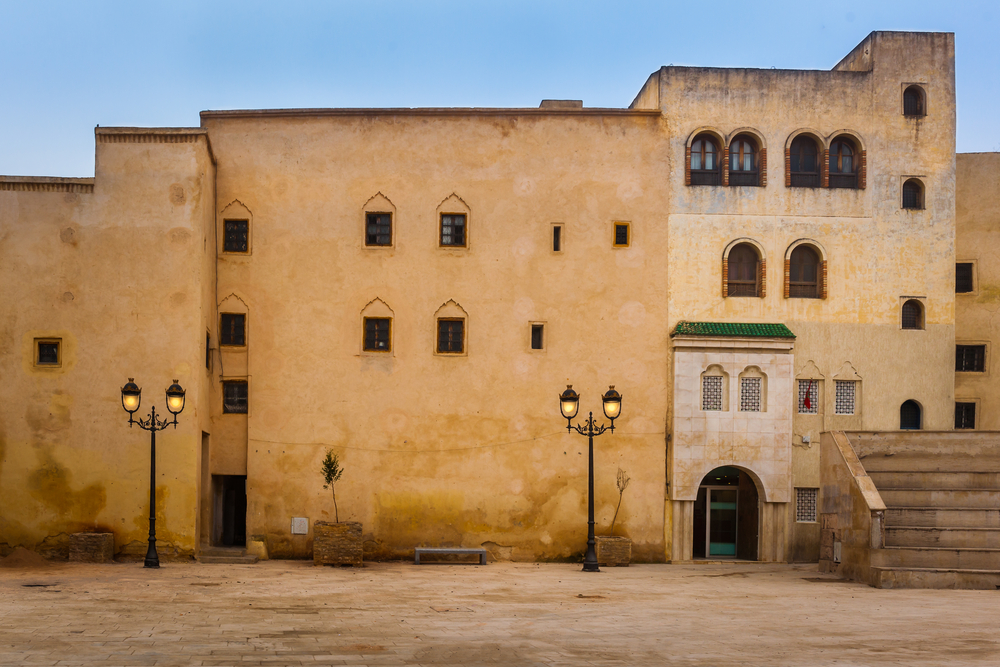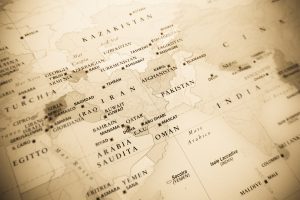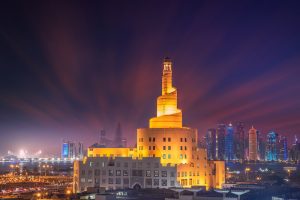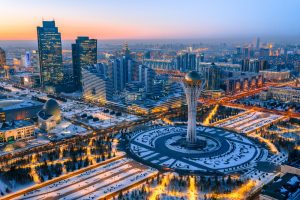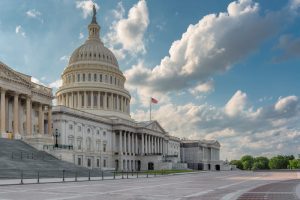Many Arab countries are famed for their wealth, especially those with vast crude oil deposits, but it’s also necessary to look at their counterparts on the other end of the spectrum.
The middle east is also home to some of the poorest countries, not just in the region but in the world.
The Republic of Yemen, or simply Yemen, a country in Western Asia located in the south of the Arabian Peninsula, is the poorest Arab country.
It posted USD 712.305 GDP per capita in 2021, the lowest value in the Arab League. The war-torn country had an estimated population of 31,041,819 as of 2022.
Many factors make up a nation’s wealth, including political stability, educational system, natural resources, and national debt.
Yemen has four billion barrels of crude oil reserves, which means that oil export accounts for 90% of the country’s income.
However, years of war have interfered with normal economic activities raising the poverty levels with each passing year.
Table of Contents
Why Is Yemen Poor?

Ever since the country of Yemen was split in two, living conditions have only gotten worse. And it’s not just the infrastructure or the economy that makes their situation so dire.
Yemen is one of the poorest countries in the world, and poverty is spreading like wildfire.
1. Growing Population
Exponential population growth is one of the biggest contributors to Yemen’s high level of poverty.
Many citizens in Yemen depend on some form of government support to even have food on their table.
According to UNICEF, more than half of all Yemeni children under five are chronically malnourished.
Yemen suffers from a lack of economic growth and a declining job market due to corruption and lack of education.
Thousands upon thousands are unemployed and lack the skills necessary to get jobs that will help them get by.
2. Lack of Infrastructure
Yemen is lacking in reliable electricity. There is no digital infrastructure, and services such as healthcare and education are lacking in most areas.
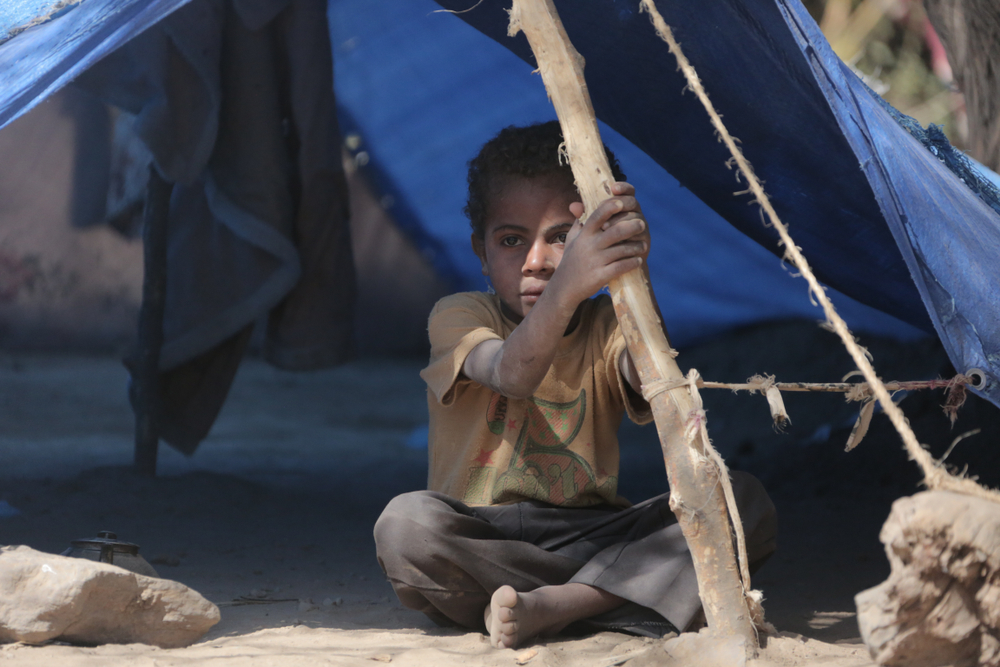
Years of war mean that the country has had no time to develop, and the remaining key infrastructure has been destroyed.
The fact that the largest portion of their income goes towards funding the military doesn’t leave much for the development and sustenance of the population.
3. Lack of Respect for Human Rights
Yemen has a long history of harassment and human rights violations by the Yemeni government.
Human rights abuses are widespread in Yemen, and no one is safe. In fact, they’re practically encouraged by the government because they are used to keep people in check and keep them poor.
4. Lack of Education, Access to Information
Yemen is home to some of the most educated and intelligent people on earth. Yet, it has one of the worst education systems on the planet, which has caused many problems in the economy and other sectors.
Lack of education means a lack of resources and makes it harder to succeed as a country.
Another problem with Yemen’s lack of education is that they have not been able to achieve their goals of educating their children correctly.
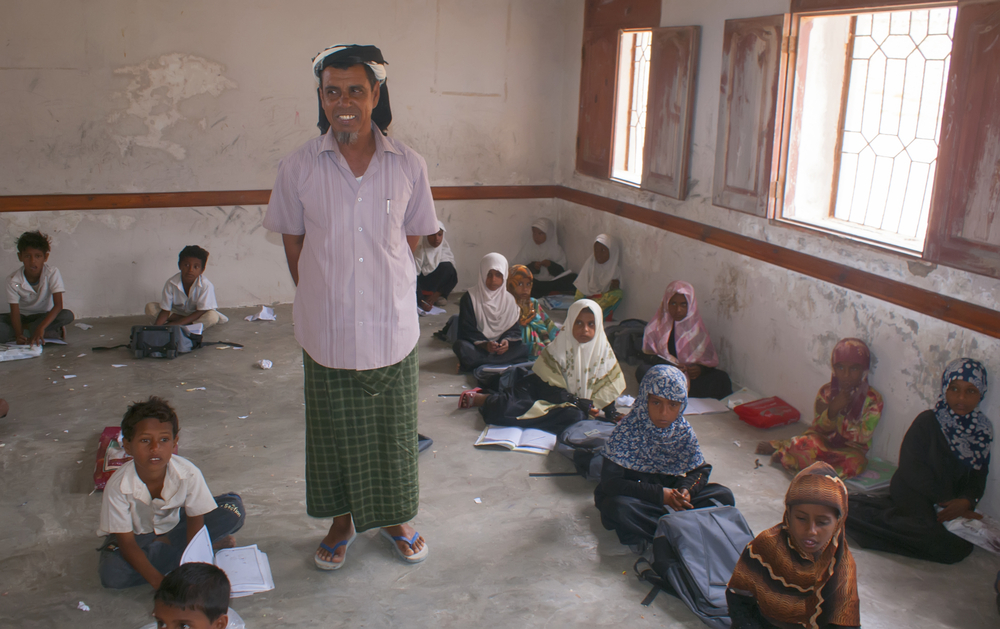
There is no gender equality in education, and when there is a chance, a female child is neglected in favor of a male child.
Girls as young as 15 are married off and never enjoy the benefits of receiving an education.
5. Lack of Freedom
Officially, Yemen is a free nation, but there are many infringements on the rights of its citizens that have been well documented.
Examples include preventing people from practicing their religion freely and with impunity, arresting people for political reasons, personal vendettas, and much more.
Many human rights organizations document the many egregious violations of human rights in Yemen, including but not limited to the killing of civilians, torture, and disappearance (torture and then disappearance).
6. Over-Reliance on Oil
Oil revenue makes up 30% of the country’s GDP, and many people are employed in this sector.
It’s helped Yemen in the past, but the problem is that they are too reliant on oil and their economy is not diversified enough to survive.
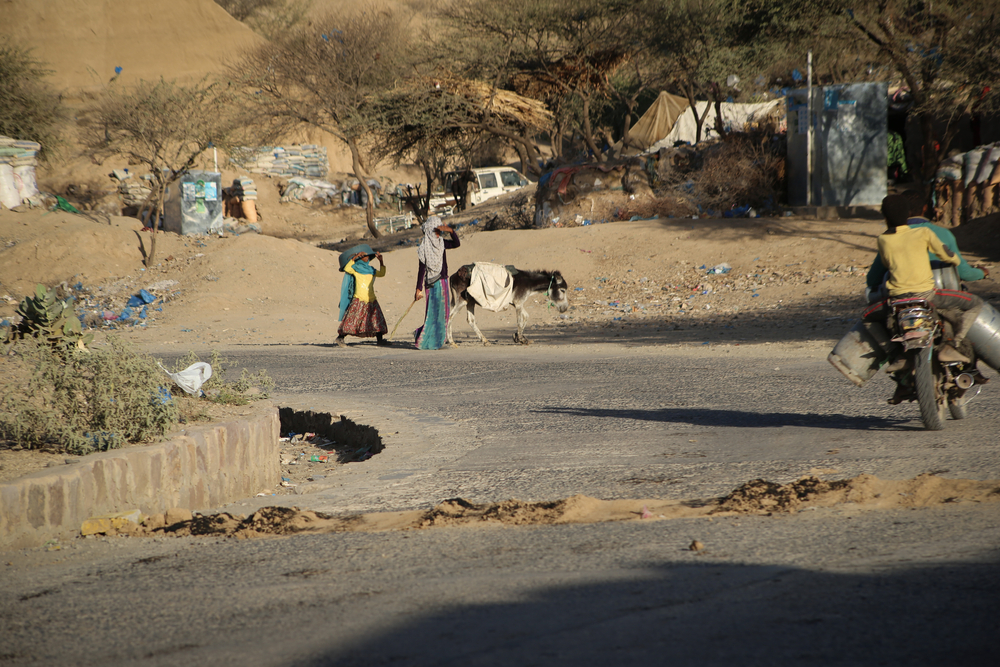
Without this source of income, it would be very hard for Yemen to keep people fed.
The oil reserves have been dwindling over the years, and some oil wells are illegally exploited during times of political instability.
Consequently, the meager income earned from crude oil isn’t enough to sufficiently support the growing population.
7. Terrorism
Yemen has been a hotbed for terrorists since the early 2000s. There are terror cell leaders in Yemen that have been wanted by the USA and many other countries as well.
The Saudi-Yemeni border region is particularly dangerous and has caught the attention of nations such as Pakistan since 2002.
Yemen has had a terrible record for acts of terrorism, including but not limited to serious violations against civilians in different parts of the country, kidnappings, disappearances, torture, and killing of civilians by the government and their affiliates.
Yemen’s civil war has not been resolved yet. The southern part of Yemen is currently under the control of the Southern Arab Coalition (SOC), which receives backing from Saudi Arabia, the supposed ally of the USA.
8. Rampant Corruption
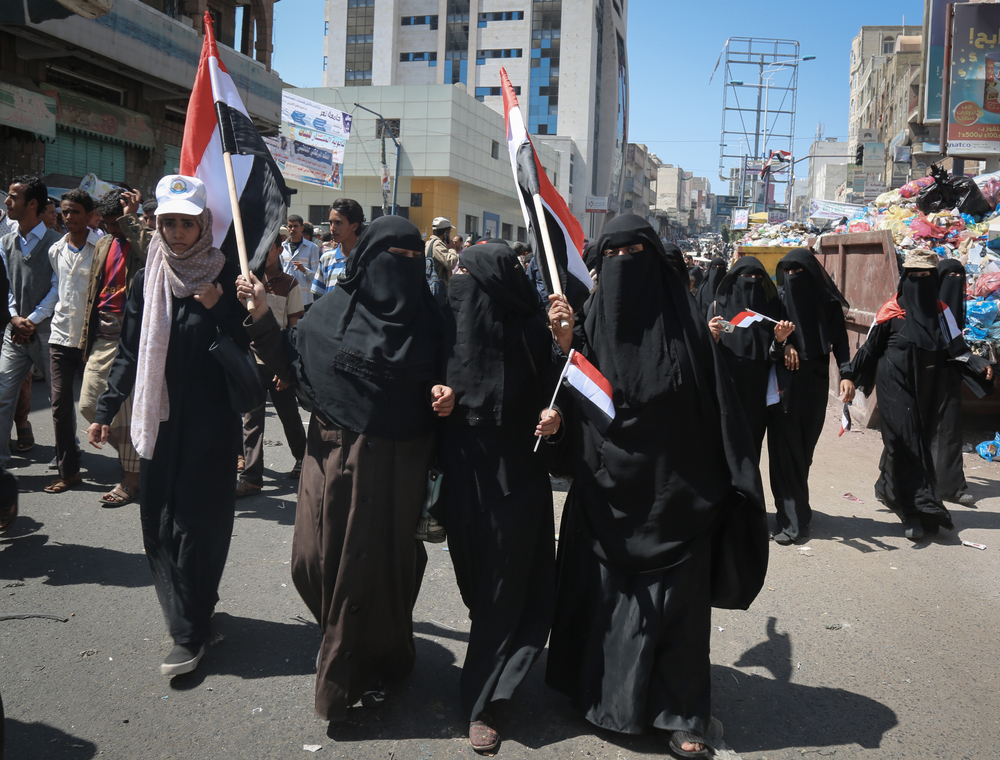
Yemen has an incredibly corrupt government. The government is very proud of its ability to steal money from its people, give it to friends and family, and bribe tribal leaders.
They even have an entire industry built around embezzlement of funds by Yemeni officials, and the government does nothing about it.
The corruption in Yemen is so prevalent that many contracts are signed with kickbacks ranging from 20% up to 80% of the contract value.
A lot of this money goes towards terrorist activities, weapons smuggling, as well as murders.
9. Lack of Regulation
Economic regulation is extremely important for any economy, but Yemen is not regulated effectively.
The lack of control over their economy makes it much harder to rebuild after the end of the current conflict.
It also makes it impossible to get their economy in order so they can stop being a source of strife in their region and start being an example of prosperity instead.
Yemeni History
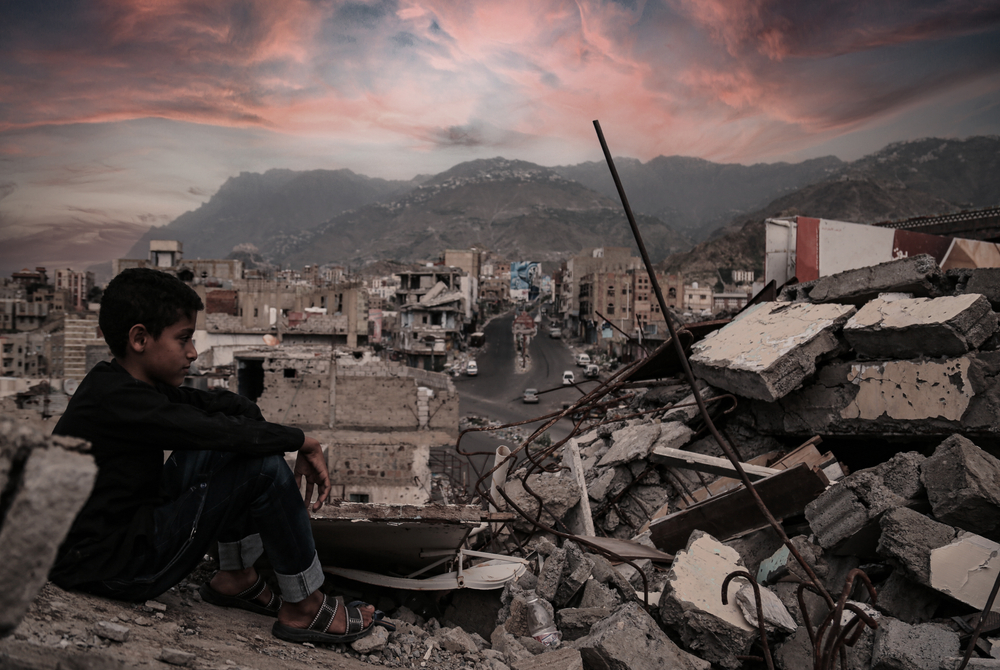
The desert country has evidenced hundreds of years of wars during history. Conquered by everybody from the Ottoman Empire to the British, Yemenis have tasted wars of conquests and even civil wars longer than most countries.
Ali Abdullah Saleh
Arab revolutions took place in the Middle East and North Africa from 2010 to 2011, bringing an end to decades of dictatorship regimes.
The same year, Yemen was plunged into a political crisis caused by a power vacuum generated by the end of Ali Abdullah Saleh’s reign as president.
When Ali Abdullah Saleh became president of Yemen in 1978, the country was still a monarchy.
He ruled until 2011, staying in office for over 32 years. His autocratic government received support from the West because he helped counter Soviet influence in the Arab world.
However, human rights abuses were rife, and he was regarded as a destabilizing force in a volatile region.
Despite this, he was supported by the West as he was a key player in the fight against communism.
In 1994, an uprising erupted at Sanaa University, eventually spreading across Yemen. Although Saleh called for a cease-fire after 2 days of fighting, the clashes continued and resulted in thousands of casualties.

A peace deal was reached in 1995 between Saleh and tribal leaders, but by 1999, the country had descended into civil war.
With tensions between the country’s north and south high and a split between Sunnis and Shiites, the civil war continued.
Hadi Takes Over (2010–2015)
In January 2011, Yemeni president Ali Abdullah Saleh stepped down after an uprising against his regime, following protests calling for the end of Saleh’s rule and demands for democracy.
His Vice President, Abdrabbuh Mansur Hadi, took over power at this point. In 2012, Hadi was forced to cut short his visit to Saudi Arabia when fighting broke out on the southern border with Yemen’s largest market city Taiz and other nearby areas; he returned to Aden on March 4, 2012.
Hadi intended to implement a power-transition plan in Yemen based on the agreement made in November 2011, but it had been violated by both the opposition and the current regime.
The northern part of Yemen had reportedly become a safe haven for AQAP, considered the most dangerous branch of al-Qaeda.
On March 25, 2012, Hadi requested the withdrawal of military units from several districts of southern Yemen, where there was strong opposition against them or where they performed poorly against insurgents.
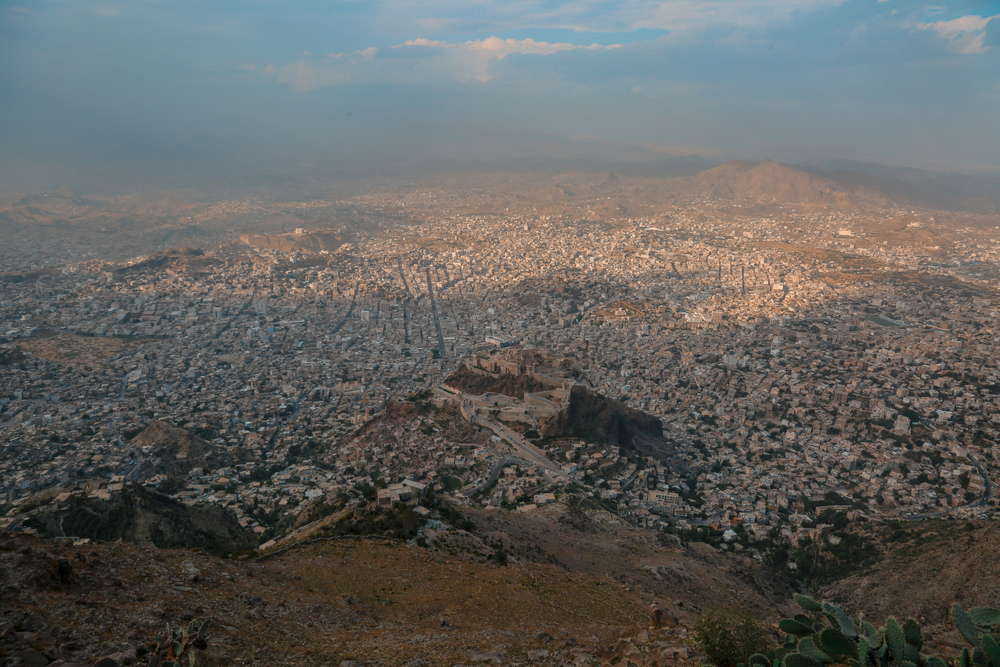
The Southern Conflict
Southern Yemen descended into chaos and violence following clashes starting in February 2012 between supporters of President Hadi and those of his predecessor, former President Saleh (who was backed by the Houthis). This is known as the “Southern Conflict.”
Hadi’s efforts to rein in the southern secessionists while the Houthis increased their power in Sanaa softened his standing among Saleh’s supporters.
There were daily clashes between pro-Houthi and pro-Hadi forces.
On November 23, 2014, the Houthis declared themselves in full control of Sana’a, dissolving parliament and installing an interim Revolutionary Committee to govern the country.
On February 21, 2015, they held a referendum to dissolve parliament and consider President Hadi’s resignation as void.
Although their effort was seen as a “coup d’état” by President Hadi, international leaders did not condemn it as such, nor did they call for the restoration of Hadi’s powers.
The transition process broke down and fighting between pro-Hadi forces and Houthi-Saleh began.
In early 2015, Houthi forces advanced northward towards Aden, aided by troops loyal to former President Ali Abdullah Saleh.
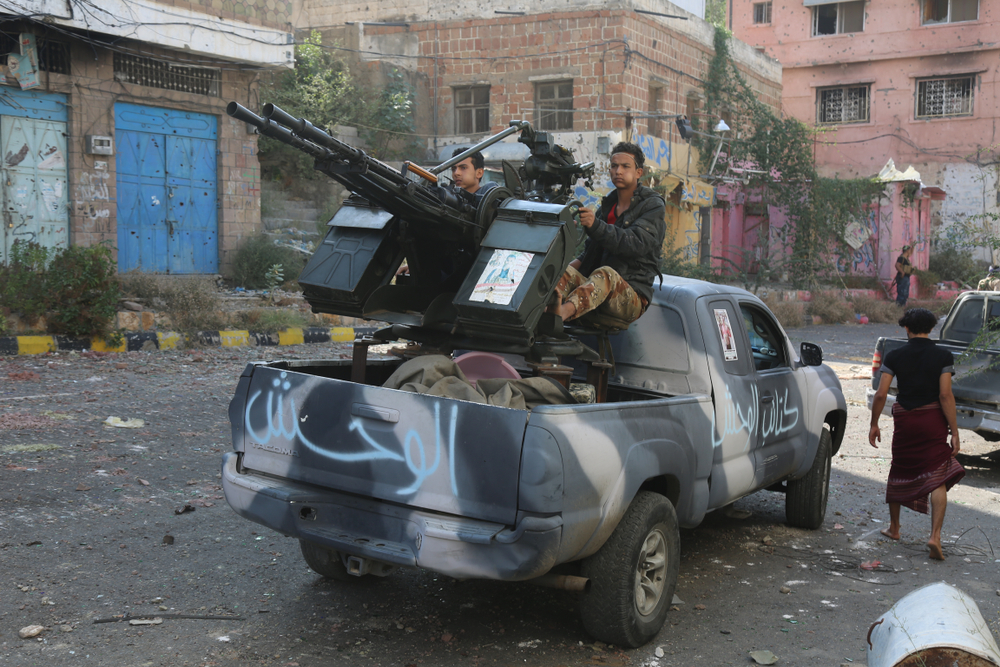
The Yemeni government formed a 10-member cabinet to govern parts of southern Yemen.
On January 21, 2015, President Hadi dissolved all Yemen’s state institutions and declared a three-month state of emergency, and was appointed as the new president.
The day before, he had resigned in protest at what he called a “coup” by the Houthi rebels who had taken control of the capital.
Hadi said that his resignation was accepted by UN chief Ban Ki-moon and representatives from the Gulf Cooperation Council countries.
Saudi Interference
In March 2015, a Saudi Arabian-led coalition with intelligence and logistical support from the United States, including targeting support via drone strikes, began a military intervention in Yemen against the Houthis and forces loyal to former president Saleh.
The Saudi-led coalition has carried out thousands of airstrikes against Houthi targets (killing civilians) and militarily ousted the Houthi and pro-Saleh forces from Aden on July 6, 2015, and later most of the country’s southern governorates.
On March 25, 2015, the Houthis captured the Yemeni city of Taiz, forcing all UN-recognized government ministers and their families to leave.
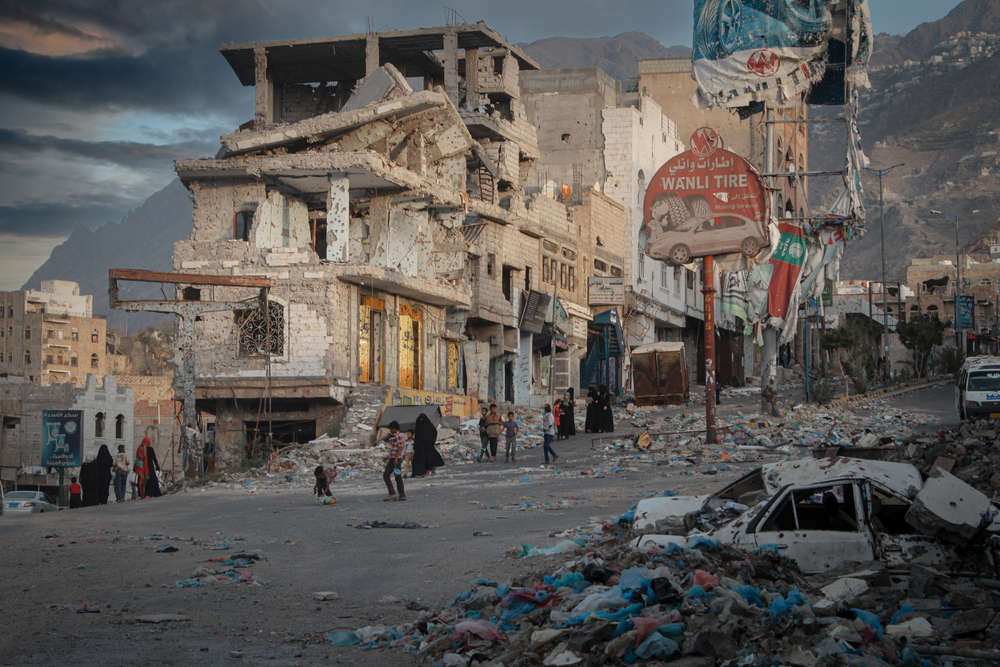
The Houthis threatened all government leaders and members of the national army to convert to Islam or join them.
On April 8, 2015, Hadi fled Aden as much of it was captured by forces loyal to Ansar Allah (commonly known as “Houthi”).
A pro-Hadi tribal militia launched a rescue attempt against the fighters who had captured his hometown.
However, when a pro-Hadi tribal delegation reached the port city of Hodeida, they were attacked by Houthi fighters and failed in any attempts to enter Aden.
The civil war continues to date, plunging the country further into poverty.

